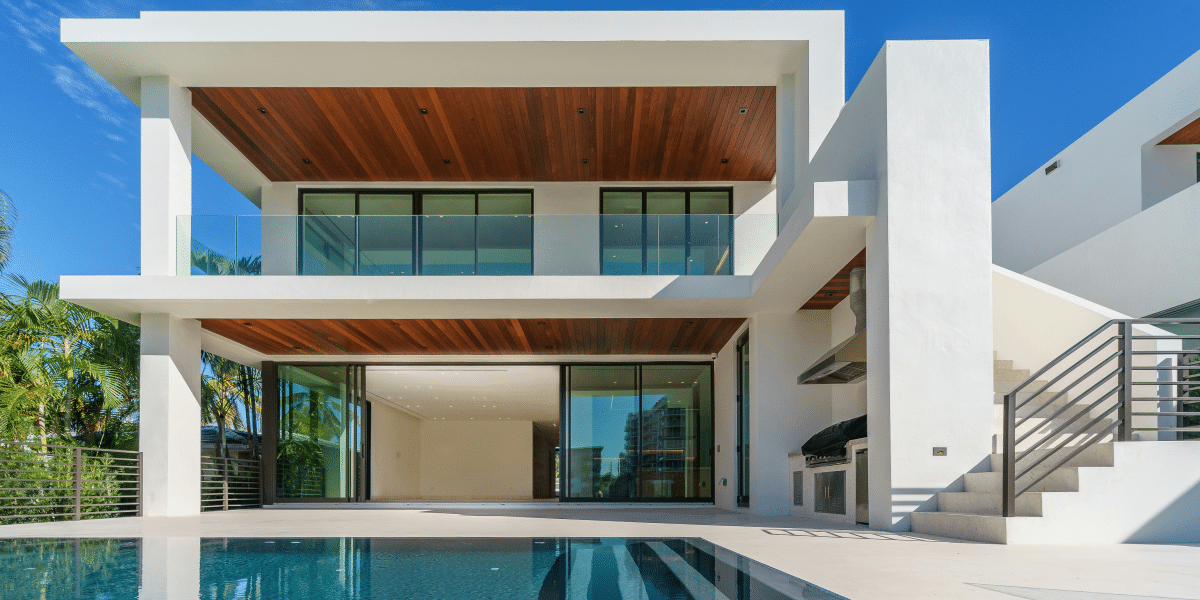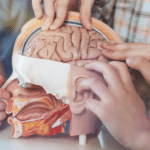Hyperrealistic 3D visuals, with their astounding realism and amazing detail, can enthrall. With such lifelike accuracy that they can be nearly indistinguishable from reality, these digital depictions can highlight almost anything, including the future design of an exterior or interior of a structure. Architects and designers may show their ideas in a heretofore unthinkable manner with 3D architectural visualizations. Their audience will be permanently changed by their glimpse of how their works would look once finished.
Actually, excellent architecture 3D graphics are sometimes so lifelike that they are difficult to distinguish from professional photos. This could cause one to wonder: how can 3D artists reach such a great degree of proficiency? How do they capture yet-to-be-built environments with such amazing accuracy? Learning this trade clearly calls for more than knowing how to operate 3D software. Although software mastery is crucial, it is only one factor. What, thus, are the other main factors influencing the effectiveness of hyperrealistic 3D visualizations?
3D artists follow several key ideas to produce such stunning images constantly. Fascinatingly, many of these techniques go beyond their employment; they apply them daily, honing their abilities to create photorealistic images. Not sure what these ideas are? This article investigates five key methods 3D artists apply to realize their hyperrealistic images:
1. Seeing the World Through New Eyes
Artists must experience the world as though they are seeing it for the first time, just like infants do—with surprise and curiosity—to produce hyperrealistic 3D visuals. This new viewpoint helps individuals let go of any preconceptions about objects and see minute details others might pass over.
Paying close attention to their environment helps 3D designers to identify minute details improving realism in their work. These could include the little flaws on wooden surfaces, the wrinkles in cloth, or the way light bounces off glass or metal—all of which are inherent wear on materials. Three-dimensional painters closely study how surfaces respond to light and texture wherever they go so they may reproduce these qualities in their work. Reaching the degree of detail needed in hyperrealistic 3D renderings depends on catching such subtleties.
2. Learning Photo Techniques
Many 3D artists enter the realm of photography in order to produce images that not only seem real but also mimic professional ones. Developing striking, lifelike images requires a grasp of the foundations of photography.
Many accomplished 3D artists hone their eye for composition, lighting, and color by often working with photography. They create aesthetically pleasing graphics using rules of thirds or the golden ratio. Learning how to frame shots, choose camera angles, and emphasize focus points helps one translate these techniques to 3D representations.
Apart from shooting their own pictures, 3D visualizers also spend a lot of time researching professional photography in books, web galleries and shows. This exposure helps students apply these ideas to their hyperrealistic 3D models and polish their artistic vision.
3. Juggling Technical Competency with Artistic Talent
Being a 3D artist is a special fusion of technical knowledge and artistic inventiveness. Both ability sets are equally vital; neither can operate without the other. A 3D visualizer must balance these two elements to create outstanding work.
Technically, 3D artists have to be current with the most recent developments in modeling and rendering tools. To keep up with the fast-changing field of 3D visualization, they are always learning fresh technologies and approaches. To broaden their horizons, many 3D artists also investigate allied technologies, including virtual reality (VR), augmented reality (AR), and 3D printing.
Encouragement of artistic inspiration is also quite important concurrently. Drawing inspiration from many sources—including historical and modern art, music, literature, and even video games—3D designers fuel their imagination. This keeps them inspired and creative—qualities necessary for creating aesthetically pleasing 3D graphics.
4. Writing Stories and Inviting Emotion
A talented 3D artist creates an emotional visual narrative rather than only lifelike visuals. Beyond simple reproduction, hyperrealistic 3D visuals communicate narrative, mood, and environment.
3D artists deliberately use context and details to let viewers emotionally relate to the scene. An interior depiction can show a table laid haphazardly with seats slightly off-balance or candles flickering softly in the backdrop. These little details can inspire coziness and warmth, turning a typical kitchen design into a friendly, lived-in area.
Mastery of this technique will enable 3D visualizers to transform their work into more than just a picture; they will create more deeply relevant experiences for the spectator.
5. Accepting Resilience and Growing From Mistakes
Making hyperrealistic 3D visuals demands time, effort, and a relentless commitment to excellence. Nobody becomes an expert overnight; the road is usually full of obstacles. A good 3D artist is not discouraged by failures since they know the need for tenacity.
Every artist struggles in their career, especially at the beginning. Those who excel in 3D visualization, however, learn from their errors and use them as stepping stones for development. Whether from peers or clients, constructive criticism is priceless in guiding artists toward better work and skill.
Constant learning and experimentation will help one become a master of 3D visualization. The artists who finally create the most hyperrealistic and powerful 3D renderings are those who are ready to persevere despite difficulties and pay attention to constructive feedback.
Conclusion
Mastering 3D architectural visualization requires more than technical knowledge. This road blends inquiry, imagination, and a fierce will to do better. 3D artists may produce hyperrealistic 3D visualizations that engage and inspire by seeing the world from a fresh angle, improving their photography techniques, juggling technical knowledge with artistic flare, narrating visual stories, and embracing endurance.
These ideas will help 3D designers create graphics that not only look accurate but also inspire imagination and emotion, elevating 3D architectural visualization.
Published by: Holy Minoza



















